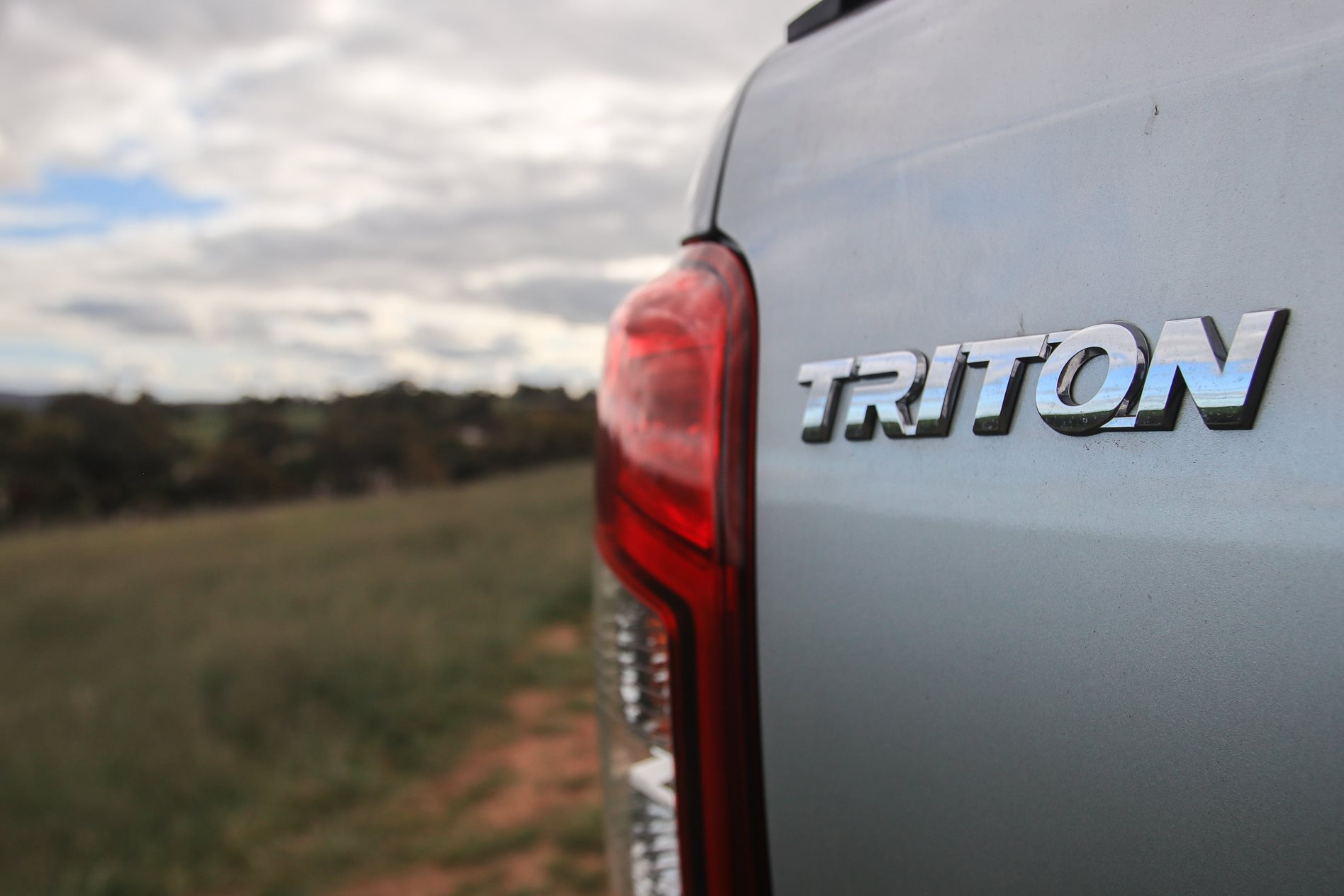
- Nissan could stop building Navara
- New rescue plan could mean big changes for SUVs
- Renault SUVs slated for Australia – but Mitsubishi might fight back
However, the chance to simply share unseen mechanical parts under each brand’s own body styles may have gone, potentially replaced by what’s known as badge engineering.
Years of internal squabbling and a lack of co-operation across the alliance has led to billions of dollars of losses, both in vehicle sales and in failures to reduce duplication across its three brands. Now, though, it says it has a plan.
The alliance will anoint ‘leader’ cars within its soon-to-be-reduced model line-ups, which will spawn ‘followers’; code for vehicles that are essentially the same inside and out.
“The new business model will enable the Alliance to bring out the most of each company’s assets and performing capabilities while building on their respective cultures and legacies,” said Chairman of the Alliance Operating Board and Renault, Jean-Dominique Senard.
“The three companies of the Alliance will cover all vehicle segments and technologies, across all geographies, for the benefit of every customer, while increasing their respective competitiveness, sustainable profitability and social and environmental responsibility.”
The best example of the alliance’s new focus on the leader-follower method can be seen with the recent launch of the Mitsubishi Express van, which is but for the nose badge a Renault Trafic.
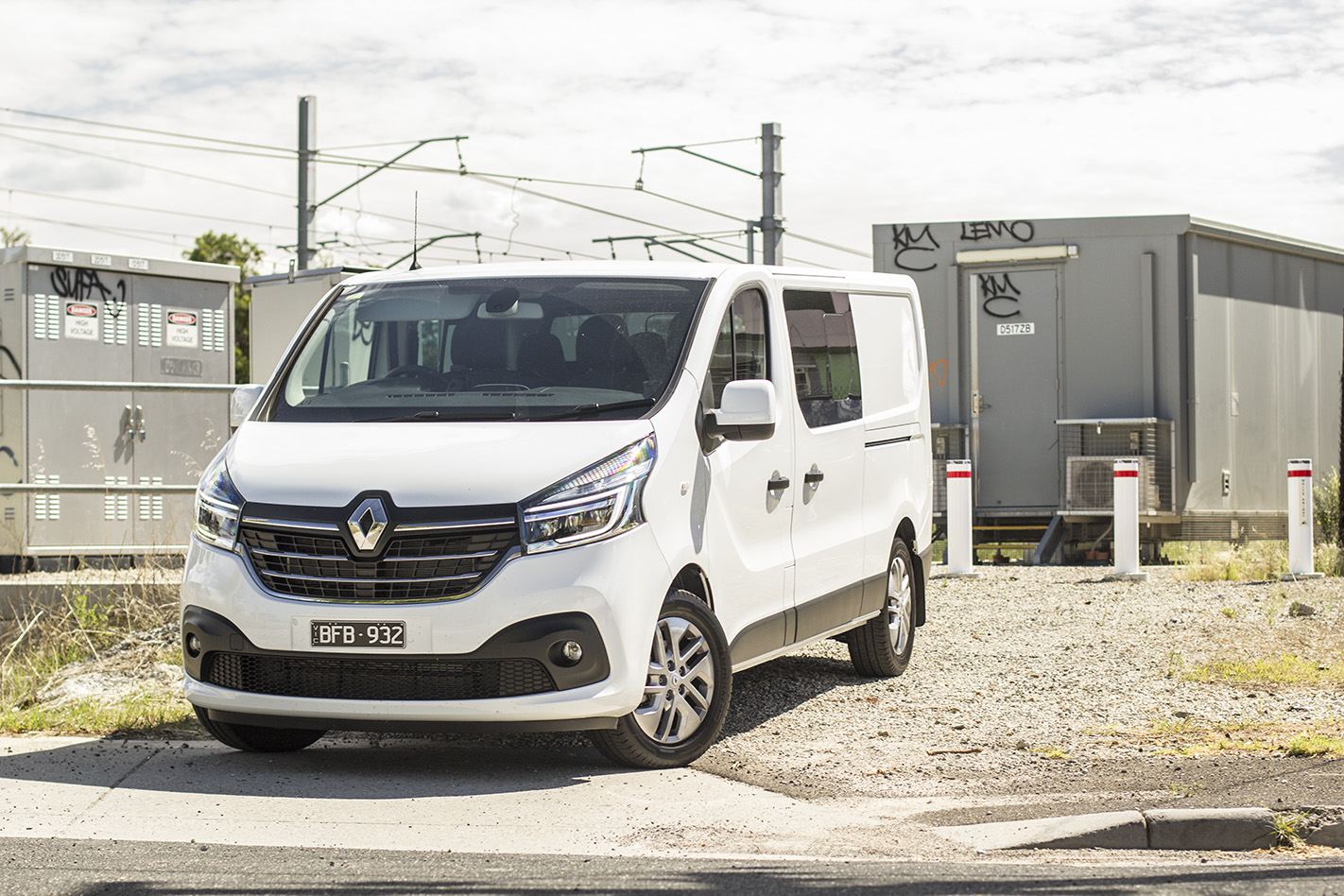
This methodology will be rolled out across all segments, and will affect many vehicles across the three brands.
Of interest for dual-cab mad Aussies is the expectation that the Nissan Navara will disappear in its current form, replaced instead by a co-developed version of Mitsubishi’s next-generation Triton ute, which is further along in its development cycle.
A Triton development test vehicle, known as a mule, was sent to Australia two years ago, indicating that plans are far advanced for the new version.
A plan for the two utes to share underpinnings has been in place since 2016, but the latest road map appears to be the end of the road for a Nissan-built Navara.
The current NP300 Navara, originally engineered to be shared with Mercedes-Benz’s ill-fated X-Class and the Renault Alaskan, hasn’t been a particular success for Nissan, with numerous updates over its lifecycle to sort out its suspension tune.
Internally, it’s cost Nissan far more than it should have, thanks to the failure of the share program with Mercedes-Benz and the repeated attempts to fix fundamental chassis issues.
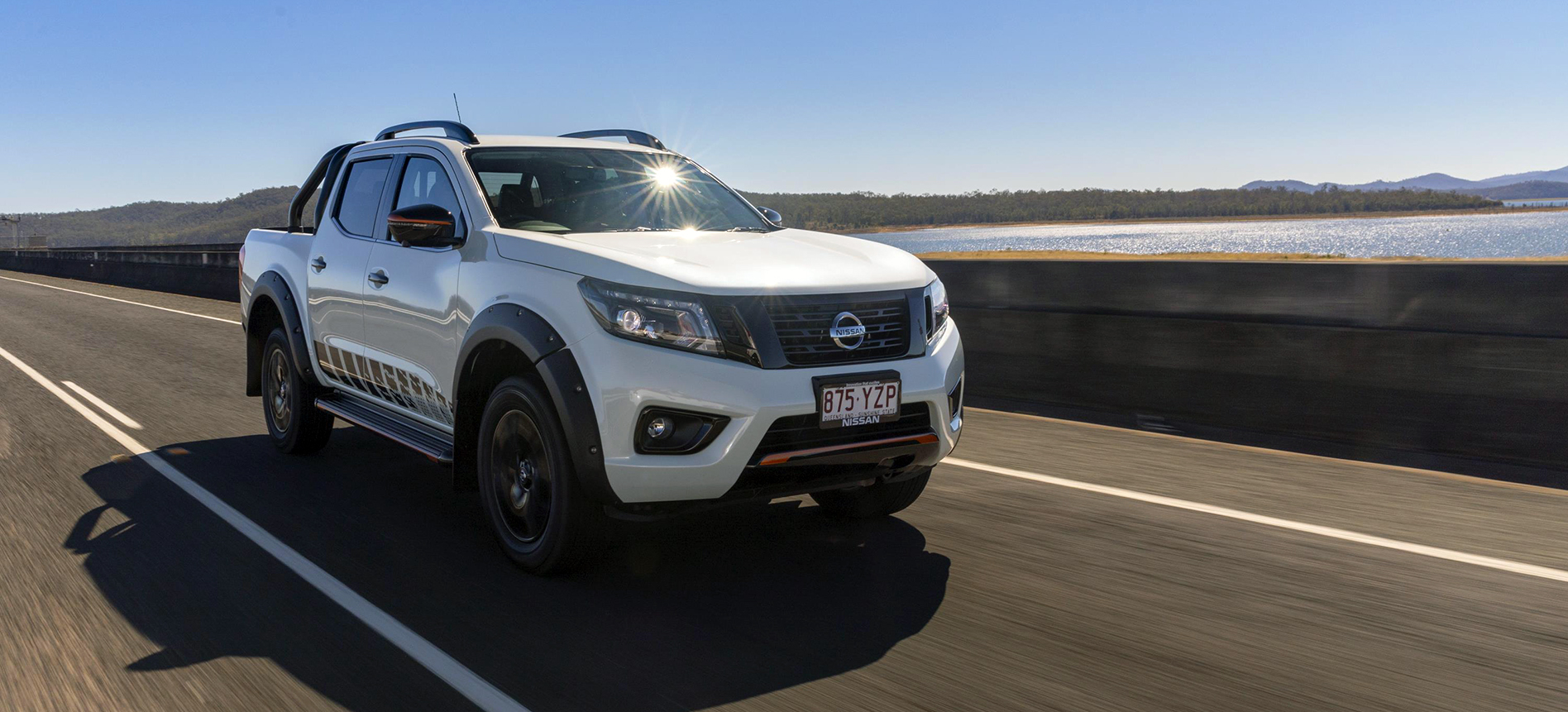
It will count towards a cull of Nissan models announced by the Japanese company, with 14 models to disappear from its 69-model line-up in a huge restructuring that will see it slash $5 billion in costs by winding back production, marketing and development across the world.
Early reports suggested that the sixth-generation Triton will be larger than the current KL, and it may keep its 2.4-litre direct-injection diesel engine.
However, Nissan may contribute its newer range of single- and twin-turbo diesel engines to a joint development program in order to recoup some of its costs.
A Nissan source pointed out to WhichCar that company leaders expressed a desire for the company to maintain a sense of its own identity during a media call on Thursday, which suggests that a straight badge-swap between the Triton and the Navara is not necessarily a forgone conclusion.
In the medium SUV sector, Nissan will assume the leader role for the alliance, which will see cars like the popular X-Trail be redeveloped at the expense of Mitsubishi’s ancient Outlander and the Renault Koleos.
Nissan’s press event revealed an image of the X-Trail – known as the Rogue in overseas markets – which will be released in the US this June.
This means that the current X-Trail will need to soldier on for 12 to 18 months in the Australian market before it’s replaced with an all-new version.
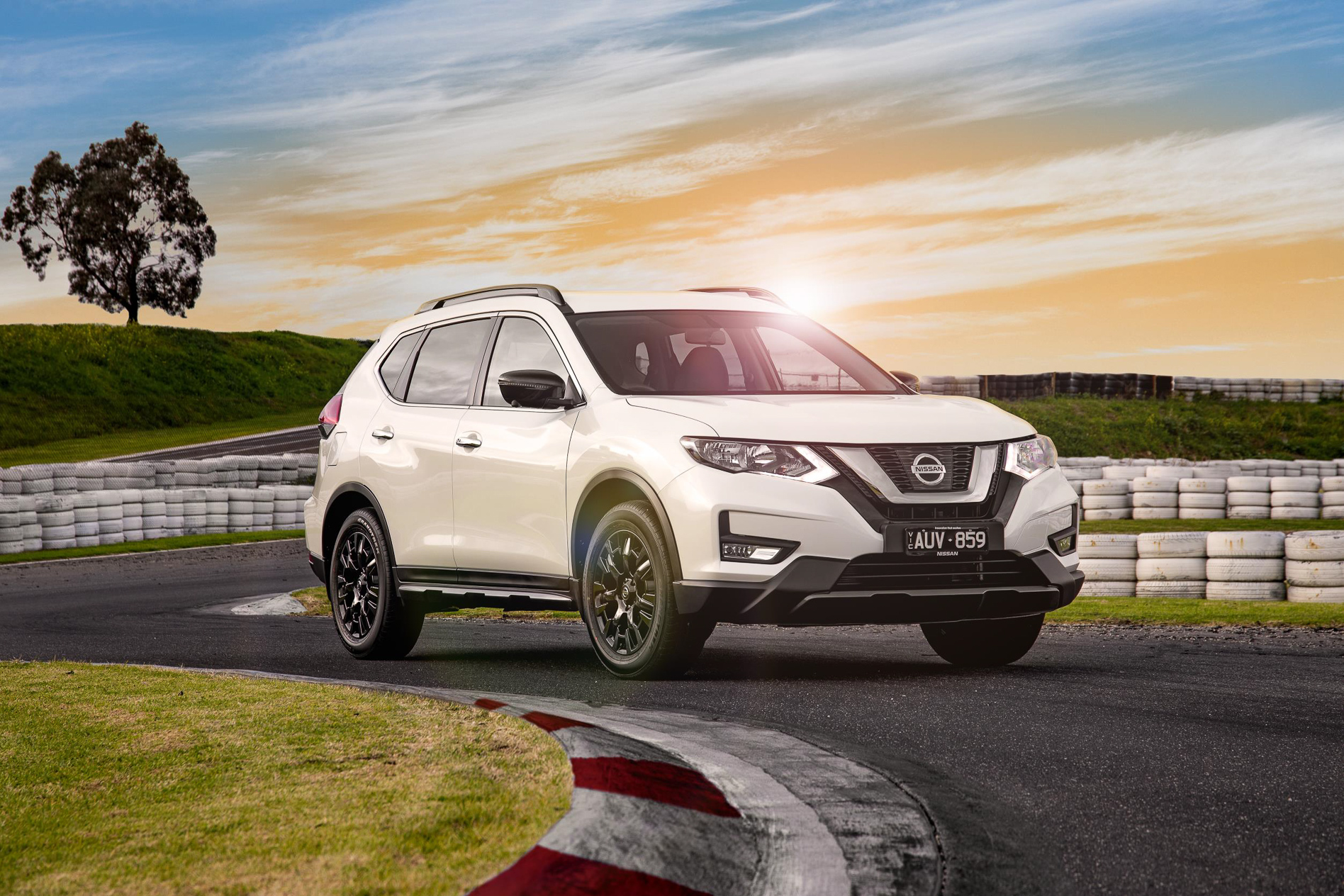
Less clear at this stage is the fate of compact SUVs like the popular Nissan Qashqai and Mitsubishi ASX, with Renault to take the leader role in the burgeoning category.
The just-launched second-generation Nissan Juke uses Renault technology with its own body, but Australia’s favourite compact SUV, the ASX (below), could potentially disappear, replaced instead by – if the alliance plans pan out – a re-engineered version of the next-generation Renault Kadjar.
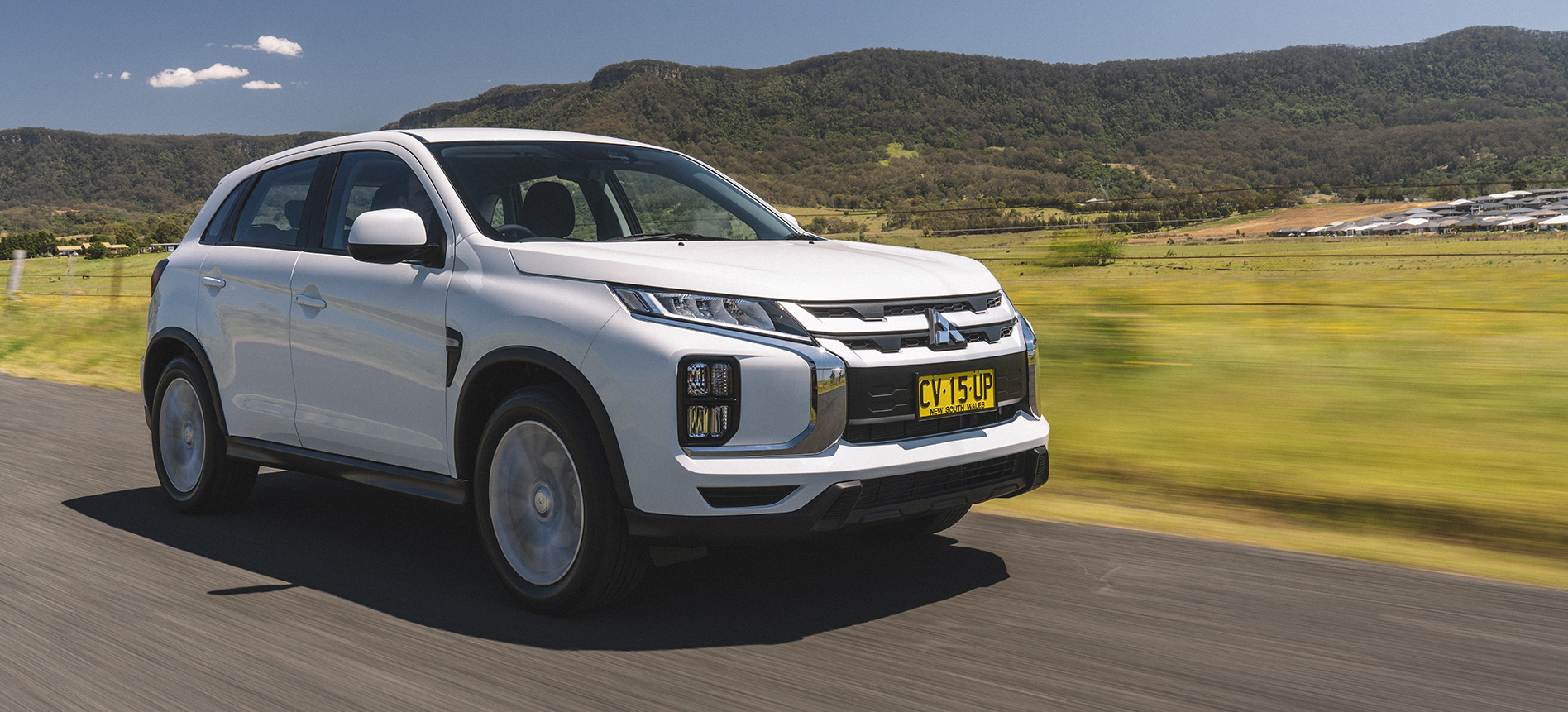
However, the plans around the ASX are even more complex than those around the Navara/Triton, with industry sources suggesting that Mitsubishi may even rebel against the alliance, and look to develop its own versions of the Outlander and ASX.
A relatively recent plan was proposed to move the 10-year-old pair onto a newer alliance platform but it would, according to our source, have meant that the ASX would be smaller and slower, yet cost more at the dealership.
Mitsubishi has previewed more concepts over the last few years than any other maker, with the Outlander previewed last year in the form of the electrified Engelberg concept.
If Mitsubishi does forge ahead with a new Outlander, it will be able to be scaled down to create the new ASX.
The current ASX is, acknowledged our source, almost at the end of its workable life in terms of safety and emissions technology requirements.
There is still lots to play out for some of Australia’s favourite cars – the Nissan Patrol, for example, was referenced in the Nissan presentation, which could mean the relatively low-production, ageing 4×4 wagon may survive.
But while the new 400Z was previewed, there was also no mention of the long-lived GT-R.
As well, electrification and hybrid models need to be factored into future plans, as emissions regulations tighten across the world.
This plan appears to be, however, the last throw of the dice for an automotive triumvirate that has largely failed in its mission to share technology to produce cars more efficiently.



